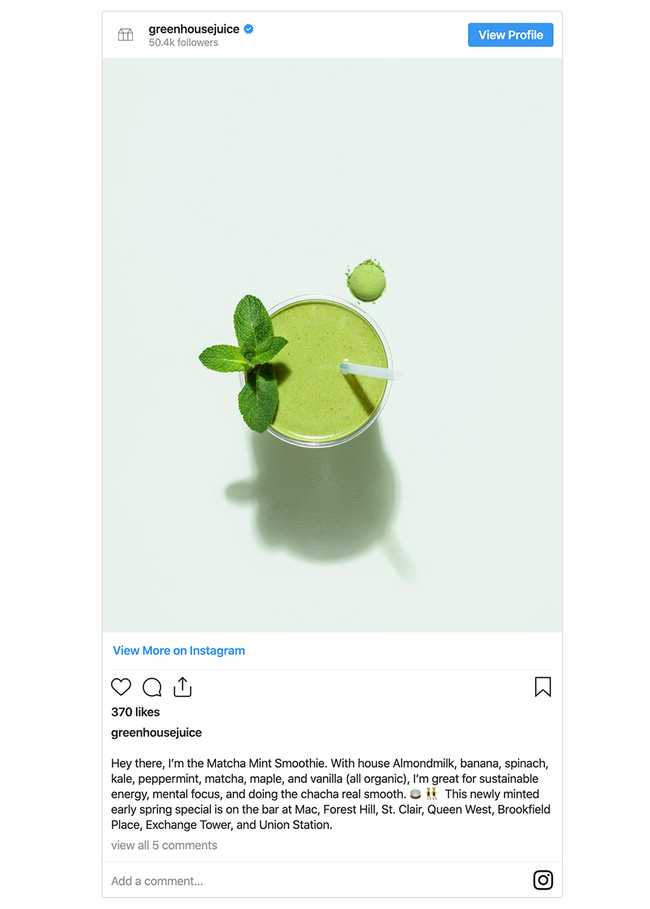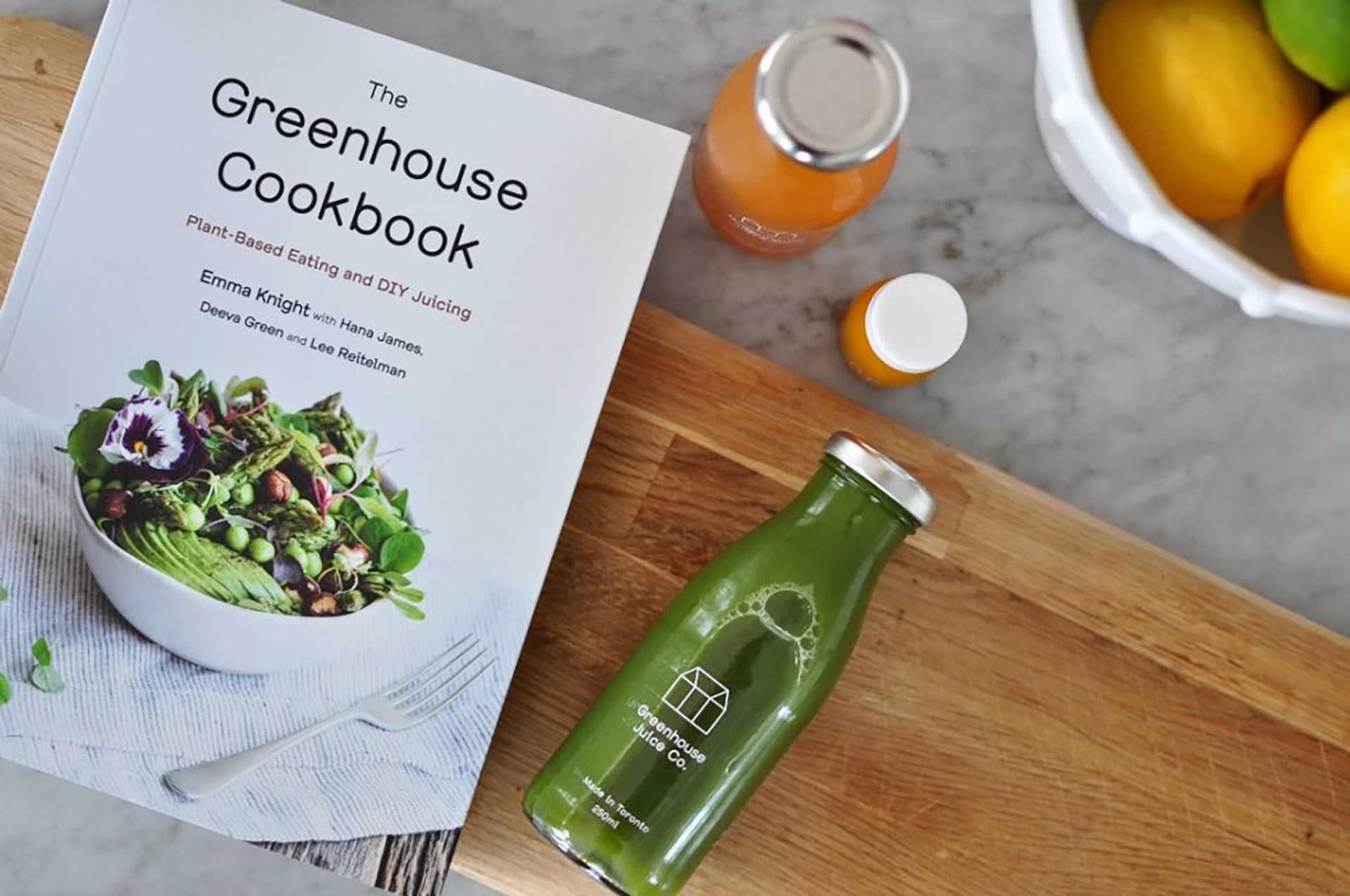A Recipe for Organic Growth
Last fall, Canada became the first industrialized nation to legalize recreational cannabis. The move has quickly become a national experiment in selling and marketing cannabis.
Now in addition to beer, flannel shirts, ice hockey, maple syrup and toques, Canadians can add cannabis consumption to the list of things we’re known for around the globe.
A glance at the daily headlines suggests that retail sales of legal cannabis are fast approaching $10B and projected to exceed $35B by 2022. This begs the question: can we expect to see cannabis commercials during the Super Bowl sometime in the future? I say yes!
Growing Pains
Cannabis marketers, legal and illegal, have subtly been generating a buzz for years.
Long before legalization kicked into high gear, marijuana was already being marketed primarily by word of mouth. This approach clearly worked, because both medical and recreational cannabis are now legal across Canada. Still, cannabis remains illegal at the Federal level in the U.S., where Google and Facebook are currently headquartered.
Thus, despite the staggering growth projections of the emergent cannabis industry, building brand awareness and loyalty within various audience segments is stymied while presenting both compliance and regulatory challenges for cannabis companies.
For traditional businesses and digital marketers, Google and Facebook have become the go-to platforms for approximately two thirds of a marketers’ advertising dollars. As a result, when a marketplace is required to grow brand awareness without access to key marketing platforms, it can feel like Prohibition all over again. Perhaps, as an alternative, the opportunity for pot companies should rely on how cannabis came to be legal in the first place: word-of-mouth marketing.
Hydroponic or Organic?
I have an affinity for brands that talk “to me” instead of talk “at me.”
I also believe that due to persistent social stigmas around cannabis, the discrete nature of the cannabis black market gave birth to a style of marketing that remains relevant today.
Historically, cannabis consumers have seamlessly moved throughout the universe, identifying other cannabis consumers by identifying cultural cues from cult classic movies like Dazed and Confused, Friday and Half Baked. The underground nature of such movies remains a part of the mystique a customer-centric cannabis company might draw on to build brand awareness and customer loyalty in the digital age.
The mainstream media has an insatiable appetite for cannabis stories, so marketers stand to benefit from consumer curiosity by formulating a winning strategy composed of digital marketing, social media and experiential activation’s aimed at educating consumers about the features and benefits of cannabis. They can do this while building a framework for exponential growth that the cannabis industry lacks, since it has only six months of retail POS and e-commerce data.
In turning to “owned” and “earned media” to get their message across, cannabis marketers in essence create storytelling opportunities that will get their brand message out, without filters.
Coffee, Not Cannabis

Tokyo Smoke Accessories on Display
To mainstream their products, cannabis marketers are shifting to smart, clean, contemporary designs and logos instead of tie-dye color schemes and rastafarian symbols of old. The language of marijuana itself has also evolved, moving from hippie-era slang like “pot” and “weed” to a more acceptable term “cannabis.”
Tokyo Smoke, is an ultra-slick design-inspired coffee shop that happens to stock select cannabis-themed accessories, cannabis cook-books and hemp-based clothing from cannabis influencers across the globe. Back from a recent trip to western Canada, a friend of mine raved about her experience in a Tokyo Smoke cafe in Winnipeg, where a budtender rolled a spliff from their in-house range of strains for her. It was only after attending an art installation and DJ tutorial at Tokyo Smoke’s trendy Queen St. W. cafe in Toronto that I began to appreciate the high-quality experience of the design infused brand. My experience was so uplifting that I felt it was worth sharing with my network so they could experience the culture for themselves.
Further, I think there’s something to Tokyo Smoke’s sister brand, Vanderpop, that caters to the female customer. Having been away from cannabis for some time, a good friend of mine has forgotten how to roll. Vanderpop offers a colorful array of filtered cones that perfectly suit her needs and empower her to roll her own joints and stash the finished product in a make-up bag, as if to say it simply was another cosmetic accessory. This kind of attentional to detail goes a long way to establishing branded relationships and converting unknown customers into known customers – and does it far better than any ad could hope to accomplish at this stage of the cannabis market.
The Green Machine
Last week, I was walking my girlfriend’s standard poodle Ed through Trinity Bellwoods and scrolling through Instagram when I got the latest dose of Greenhouse’s Instagram feed.
 Lifted by the image of the Matcha Mint Smoothie, I doubled back on my walk and slipped into the Queen St West location, literally three minutes before closing, and escaped with a smoothie of my own. Now, here’s what you have to appreciate: I don’t drink green stuff, but the image of the smoothie was so enticing that I had to experience the smoothie for myself. Even better was the service experience I had in the shop.
Lifted by the image of the Matcha Mint Smoothie, I doubled back on my walk and slipped into the Queen St West location, literally three minutes before closing, and escaped with a smoothie of my own. Now, here’s what you have to appreciate: I don’t drink green stuff, but the image of the smoothie was so enticing that I had to experience the smoothie for myself. Even better was the service experience I had in the shop.
A Warm Welcome
Greeted by two super-cool Gen Z’s who literally just set up the menu for the smoothie, I was given a personal tour of the store while my drink was being curated for me. I was so stoked by the experience that I returned the next morning with friends for another round.
“Word of mouth really helped us,” recalls Knight. “And on Instagram – it was a photogenic, brightly-coloured product, [so there was a] kind of digital version of word-of-mouth.” - Strategy Magazine
Strategy Magazine awarded Greenhouse 2018 Brand of the Year. It’s no surprise that their singular voice translates the brand essence through their creative – so much so that I find the company’s social media socially soothing. Recently, when Greenhouse announced it was teaming up with cannabis startup Canopy Riv to produce a CDB line of beverages, it was yet another example of two brands organically coming together to spread the word about the health and wellness benefits of CBD with a customer-centric approach.
“While some juice brands have floundered over the years, Greenhouse blossomed because of a unique retail strategy that saw it team up with like-minded brands.” - 2018 Brands of the Year
Clearly, as cannabis marketers promote the idea that marijuana is mainstream – and for everyone (over 19), like soccer moms, professionals, athletes, grandparents, etc. – they are also crafting different ad campaigns to counter negative stigmas while shaping the portrait of today’s cannabis culture. Whether it’s through experiential design or social media, the absence of Google and Facebook paid-media platforms shouldn’t be a deterrent for creative customer-centric companies open to an organic approach to channel management.
That’s Uber-Interesting
So what does the future hold? A Super Bowl commercial might still be wishful thinking, but we’ll likely see some major sports teams or athletes sponsored by a national brand.
For this reason, the partnership between Tweed, Uber and MADD is perhaps the sole cannabis partnership that is the most far-reaching and digitally appropriate in its approach.
“We’ve always believed that education was key to a responsible cannabis industry, and we’re proud to be launching this important awareness campaign across the country on the eve of legalization,” said Mark Zekulin, President and Co-CEO of Tweed. “There’s at least 101 better things to do than drive high. If you have to get somewhere, order an Uber or take a bus, but don’t drive high. Period.” - Canopy Growth Corporation
At Trialfire, we help marketers identify messaging opportunities by leveraging data. Whether the approach is organic or paid media, our data collection, analysis and attribution solutions light up opportunities for data-savvy marketers.
